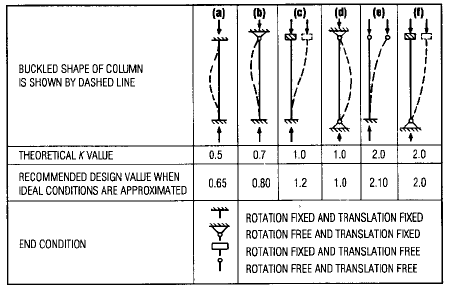

It can be seen that Plastification of the HSS connecting face never governs, and for this reason it was omitted as a limit state check in international design recommendations for transverse plate-to-HSS connections in the 20 th century (e.g. Assuming that the HSS normal stress effect is negligible (Q f = 1.0), non-dimensional connection available strengths from Equations (K2-7) and (K1-7) are plotted in Figure 3 as a function of the branch plate-to-HSS width ratio, β. It is interesting, at this stage, to compare the simple solutions for the above two limit states. The parts of the plate width that are effective are illustrated by the two outer brown regions where the white-wash has flaked off. R n = F y t B p ≤ F yp t p B pįigure 2: A heavily welded, tension-loaded, transverse branch plate connection (with B=1.0 and high β/t) demonstrating local failure of the branch plate. This limit state is possible for any β ratio and, in AISC (2010) terminology, is given by This plate-to-HSS “effective width” phenomenon was studied in the late 1970s/early 1980s and is encapsulated in the IIW (1989) recommendations. This limit state, wherein parts of the branch plate yield (and hence fail) prematurely (see Figure 2) at a load less than the gross area multiplied by the yield stress, is caused principally by the flexibility of the base (HSS face) to which the plate is attached, rendering only part of the plate width as “effective”. Thus, the maximum resistance factor (φ=1.0) is associated with a yield line solution because the latter principally serves to restrict deformations and is a very conservative predictor of ultimate capacity. (K2-7) by the following,Īlthough a yield line solution is a theoretical upper bound, it is valid only for small deflections and neglects substantial membrane forces and strain hardening that serve to provide an ultimate capacity far in excess of the plastic mechanism solution. Since η will be a small value, one can approximate Eqn. This limit state is possible for any branch plate-to-HSS width ratio, β, below 1.0. The available strength for this limit state can be determined by a rectilinear yield line pattern, which will be analogous to a HSS-to-HSS 90 o T- connection with a branch of low H b, as given by AISC 360-10 Table K2.2. Plastification of the HSS connecting face. The possible limit states for transverse plate-to-HSS welded connections are as follows, with reference to particular equations in the AISC Specification (AISC, 2010):ġ. The compression flange (plate) connection should be chosen as this potentially involves consideration of additional limit states involving failure of the HSS column side walls.

The moment in the beam can be considered to produce a force couple in the two beam flanges, hence the moment capacity of such a beam-to-column connection can be conservatively computed as the available strength of one plate-to-HSS connection multiplied by the distance between the centers of the upper and lower flanges. The transverse plate connection is also used as a representation of a wide-flange beam-to-HSS column moment connection. If the orientation of the branch plate is optional, the transverse direction is preferable as the available strength of option (d) is generally much greater than option (a). The available strength of type (a) is relatively low, but option (b) – although being a difficult fabrication detail – is double that of option (a). Some of the common types of plate-to-rectangular HSS welded connections are shown in Figure 1. Figure 1: Types of plate-to-HSS connections


 0 kommentar(er)
0 kommentar(er)
